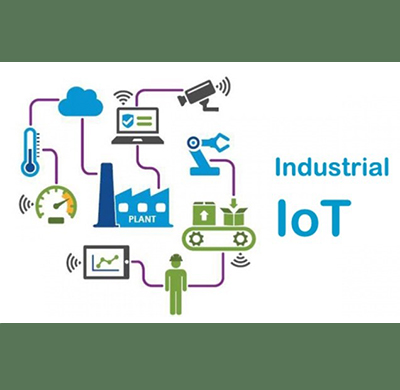What can the IoT do for my Industrial Automation
This question is becoming more and more common in today’s industrial environment as engineers and managers deal with faster and more complicated manufacturing processes. What is the IoT and how can it help me beyond our current level of automation? What will it cost and how do I justify it?
Firstly, for those of you who have not heard the term, the IoT (or Internet of Things) is a concept used to describe a network of machines or processes that are equipped with sensors, actuators and an overseeing microprocessor. All these items can be integrated to the internet and other related technologies to make complex autonomous decisions for the benefit of your production facility and the widgets you are making. The benefits include higher production rates with improved quality, reduced wastage, all aimed at increased revenue and profits.
A simple example of this can be seen in the farming sector where today’s technology enables large scale sprinkler systems to operate autonomously 24 hours a day without human intervention. With direct connection over the internet to the Bureau of Meteorology, monitoring ground moisture and atmospheric conditions, and sensors connected to plants, a centralised autonomous PLC (programmable logic controller) can make decisions based on history, trending, and worldwide knowledge to ensure the best produce from the plants under its care. Adjustments are made to the sprinkler when it is needed, not when an operator and/or equipment is available. With a healthier crop, yield is much higher increasing profits with happier customers.
Therefore, the IoT is a concept to a well-organized rational and scalable system architecture. The main objective of the system is to gather and correlate large amounts of relevant data irrespective of location and to quickly make decisions and ultimately appropriate adjustments in real time to the process when it is needed, 24 hours a day.
How is IoT transforming manufacturing?
Many managers and engineers are currently striving to automate their industrial processes so that they can remain ahead of their competitors, but most are not sure what to do or how to do this economically.
The intended focus is to increase quality and reduce wastage in the life cycle loop of a product from raw material, through manufacture to product usage. By integrating different data such as product production variables, product failures, consumer behaviour trends, information from the internet, etc. in real-time, constant production improvements can be made. Therefore, before the client (user) is aware of any product issues, the information goes straight to the producer which is then processed, evaluated, and used to eliminate the issues before it reaches the client’s hands.
How do I incorporate IoT in my Industrial Automation?
A good way to start down the IoT path is twofold, firstly by the use of Value Streams, and secondly by talking to your production operations staff.
Value Streams
Value Streams for IoT is all about plotting the Roadmap from raw material through to client using the products and how what influences affect each step of the product. For example, if your widget is manufactured on a hot day, its colour may be affected when the consumer washes it with strong detergent. Therefore the Value Stream would show each manufacturing influence along the production path and when influences are introduced that affect the product in some way such as quality, production rate, wastage.
Creating the Value Streams of all that affects a product will indicate what needs to be monitored in the manufacturing environment and what changes are necessary to the process. The Value Stream will also indicate at what stage the changes need to be made and what the range of changes may need to be.
Production Staff
Machine operators usually know their machines intimately and know what little tweaks need to be done to produce the best products. Talking to your machine operators may reveal variables previously unknown that are vital to best quality. When designing for IoT, your machine operators can be your best source of machine knowledge.
Catch the IoT Wave
Industrial automation represents a big and bold leap into the future. Just like the industrial revolution this a transition to a bold, new, and innovative way of working so that you can concentrate on the real issues without worrying about menial tasks.
IoT applications have generated great interest among industries and businesses lately. The use of IoT in industrial automation is gaining tremendous momentum with its advancements and capabilities that were unimaginable even a few years ago.
Talk to us
If you are thinking about how IoT can assist your processes but are confused and not sure about an appropriate direction, contact us to discuss. Rom-Control can provide expert assistance and recommendations regarding design and configuration specific to your needs. Even though the buzzword IoT is quite well-known, very few businesses understand how they can benefit from it. That’s where Rom-Control comes in.
Contact us now on 1300 766 287 or www.rom-control.com.au/contact-us/

